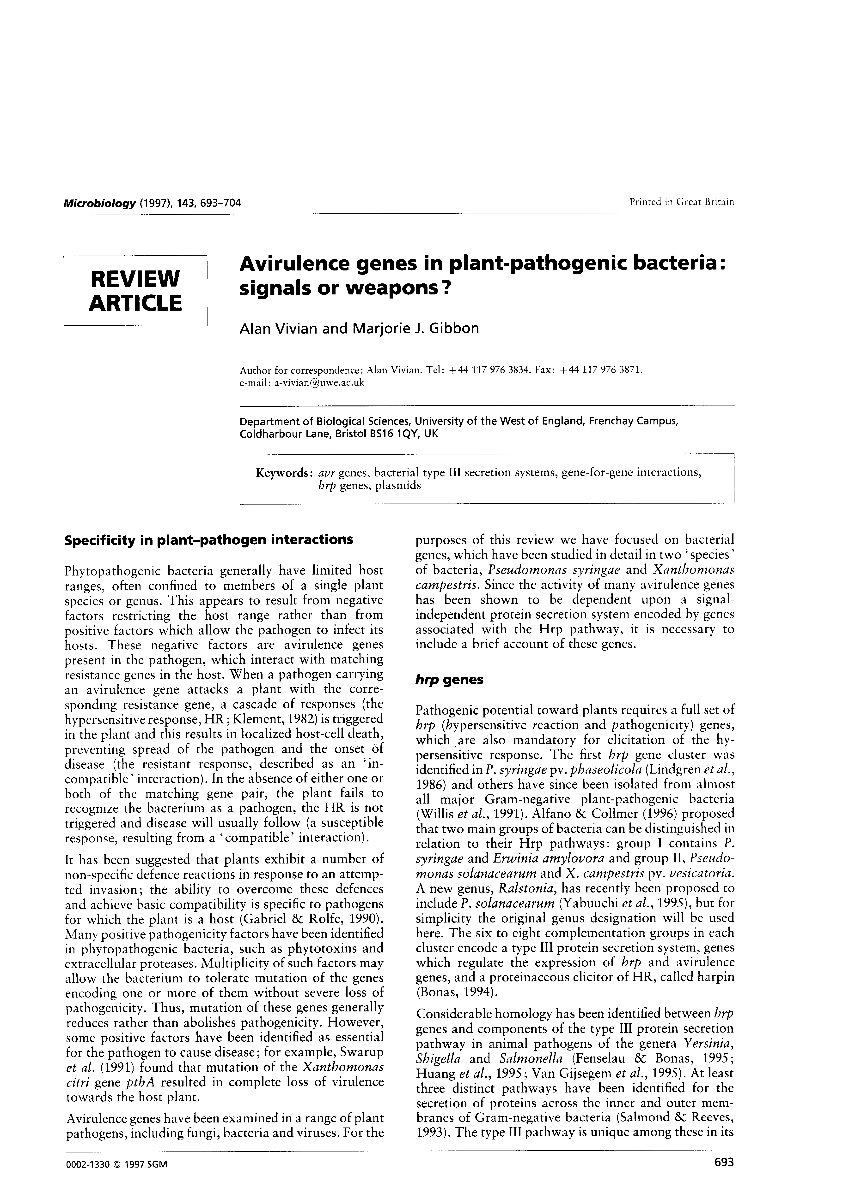
Full text loading...

Avirulence genes in plant-pathogenic bacteria: signals or weapons?, Page 1 of 1
< Previous page | Next page > /docserver/preview/fulltext/micro/143/3/mic-143-3-693-1.gif
There is no abstract available.

Article metrics loading...

Full text loading...
References


Data & Media loading...
